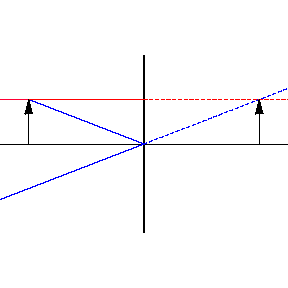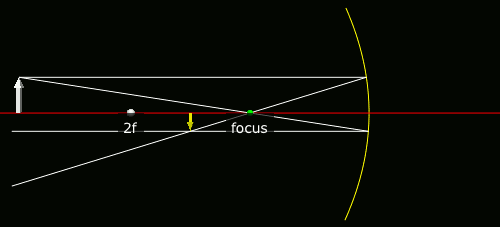The Fifth Commandment
"You shall not kill."

This commandment explains and demands that we respect and protect the sacredness of human life. God created all life.He created and creates every human being and living life in His own image. He shares His life and love with everyone. Without Him sharing Himself, there would be no life.
We are to respect every human being and living creature and treat it with sacredness. Violence, unfortunately, has become part of our everyday world and society. It has taken many forms.
This commandment tells us to take a stand against violence in a way.God bands and condemns the evils and grave sins in doing violence to human life.
Murder and abortion are two examples of killing, which is a type of violence.
Murder
Murder is the direct and intentional killing of innocent person or any living creature for that matter. In all its forms, murder is always gravely sinful.

Abortion
A child who is conceived, but not yet born, is still a living human being. Abortion is the direct and intentionally killing of an unborn child. This type or form of violence is also considered a grave sin. This violent act violates the dignity of the human person and the holiness of the Creator.
A Catholic choosing to have an abortion is excommunicated from the Church. This means that a person who chooses to have an abortion chooses to separate herself from the Church.

Other violation of this commandment include suicide and euthanasia.
Suicide is the intentional and direct killing of oneself. Euthanasia is the direct and intentional killing of a person who is suffering from a long-term or even terminal illness. These two violent things violate the dignity of oneself.



Sixth Commandment
"You shall not commit adultery."

This commandment is related to God's plan for life and love. This Law of God guides us to respect each other in our relationships and help us stay true to God's plan for human sexuality. God created each of us either female or male. We grow and mature in our appreciation for who God created us to be.
God calls us to honor and guard our "true selves" so we can keep integrity of the heart. Some virtues that hep us include prudence, self-control, and chastity.
Prudence helps us understand that our lives are unique and can be cherished wisely. Without it, we sometimes live our lives foolishly.
Self-control in sexuality means that we must know ourselves and discipline ourselves.
Chasity helps us respect the sexuality of others and ourselves. Hedonism surrounds us in advertisements and is all often culturally acceptable.


We all are to honor one another. Men and women are equal in dignity and complementary in gender.



























